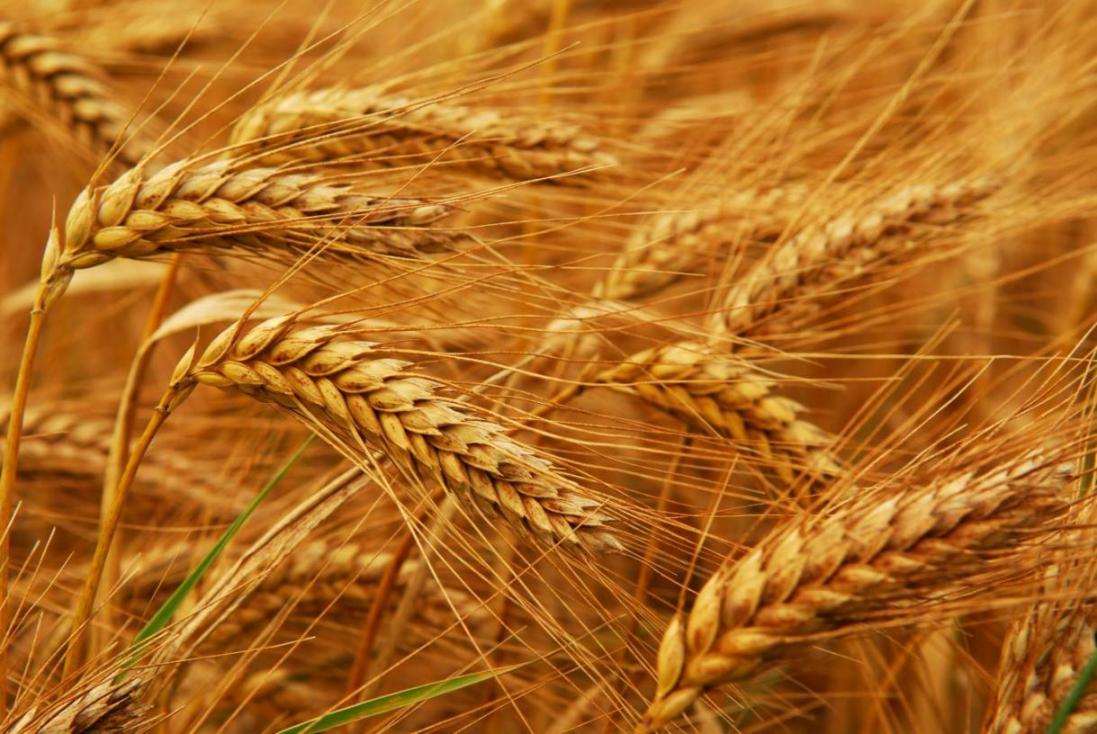Iran meets 85% of its need for wheat through domestic production.
This was announced by Esmaeil Esfandiaripour, the official in charge of the Wheat Project, which is a government scheme to purchase the crop from farmers at a guaranteed price.
According to Esfandiaripour, the government bought 6.71 million tons of wheat from farmers in the last Iranian year (ended March 20, 2015), 40% up compared to a year before, Mehr News Agency reported.
“This year the figure stands at over 8 million tons,” deputy agriculture minister and chief executive officer of the Government Trading Corp., Ali Qanbari, told a conference in Dubai on November 3.
Qanbari added that for the first time in 10 years, Iran is to export 400,000 tons of durum wheat–used to make pasta–after domestic supplies exceeded local demand, noting that the country is already selling the same to Iraq, Afghanistan and Oman.
The Agricultural Jihad Ministry has set the target of achieving wheat self-sufficiency in three to four years.
Wheat is the dominant crop cultivated in Iran, accounting for almost 70% of aggregate cereal production, according to Business Monitor International.
Irrigated wheat covers only one-third of the total wheat area. As a result, the bulk of the wheat crop depends on the performance of seasonal precipitation. Most of the rain-fed wheat crop is concentrated in the northwestern region of the country.
Since droughts ravaged the country between 1999 and 2001, the area of land under irrigation has increased, which has led to improved yields, even in subsequent drought years.
The BMI forecasts Iran’s wheat production to grow by a strong 6% year-on-year to 14 million tons in the ongoing 2015/16 season, following the 7% drop last year.
On the demand side, the group forecasts wheat consumption growing by 10.5% from 2013/14 to 2018/19.


